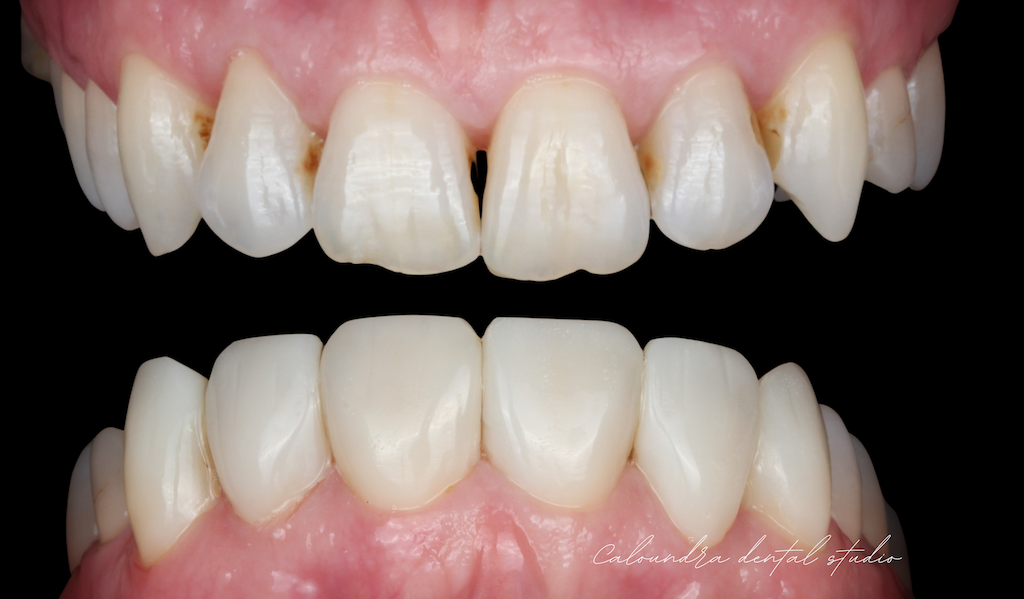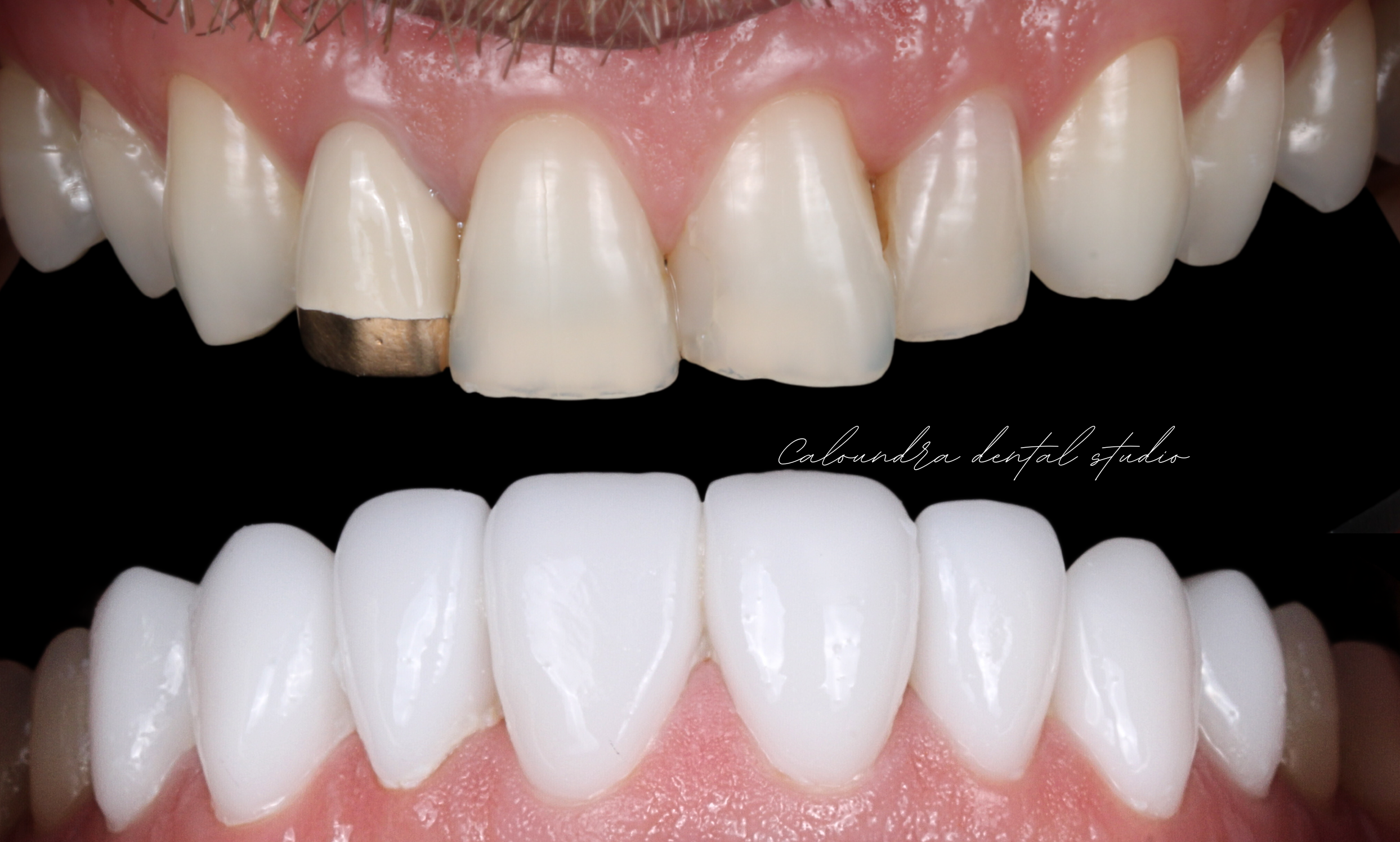Veneers
Single Visit Digital Dentistry
''Same Day CROWN AND VENEERS''
NO UNPLEASANT, MOUTH FULL OF IMPRESSION MATERIAL TRAY
No more gagging on the mouth full of tray filled with impression material we use a scanner to record your digital impression just like taking photos!
NO FOLLOW UP APPOINTMENTS
As we will start and finish the crown/veneers in one appointment, there is no need to comes back for follow up visit and no more extra numbing injections.
NO BOTHERSOME TEMPORARY CROWNS
We understand that temporary crowns can be annoying so time to say goodbye to temporary crowns.
Veneers and crowns both improve the appearance and function of your teeth. Because they seem to provide the same benefits, many people assume that veneers and crowns are the same thing.
However, while these two treatments may seem similar, there are some major differences between them.
OUR PATIENTS
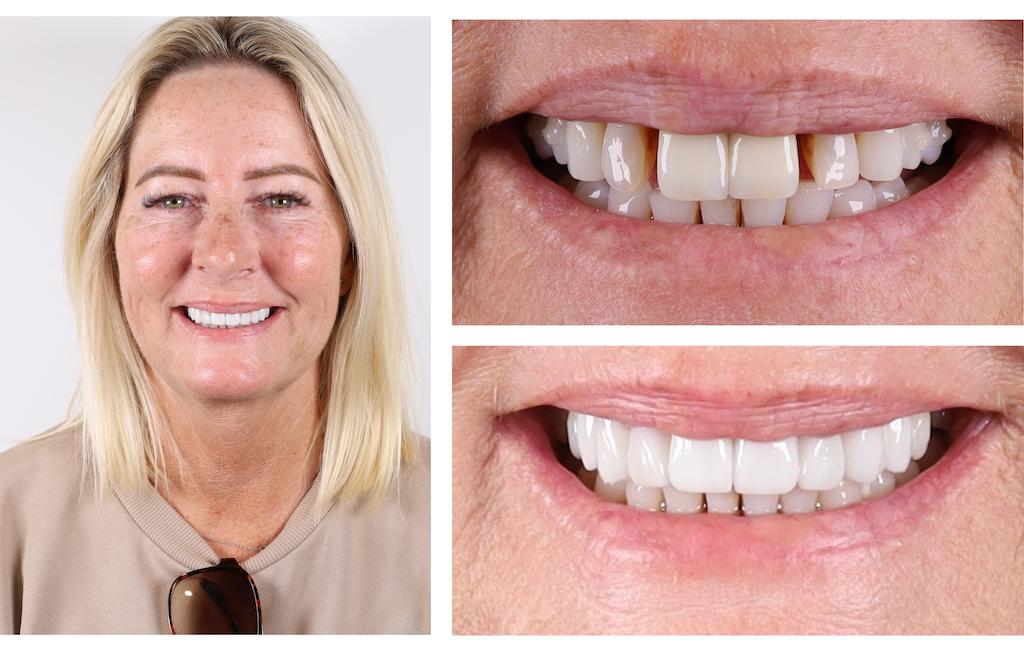




OUR PATIENTS

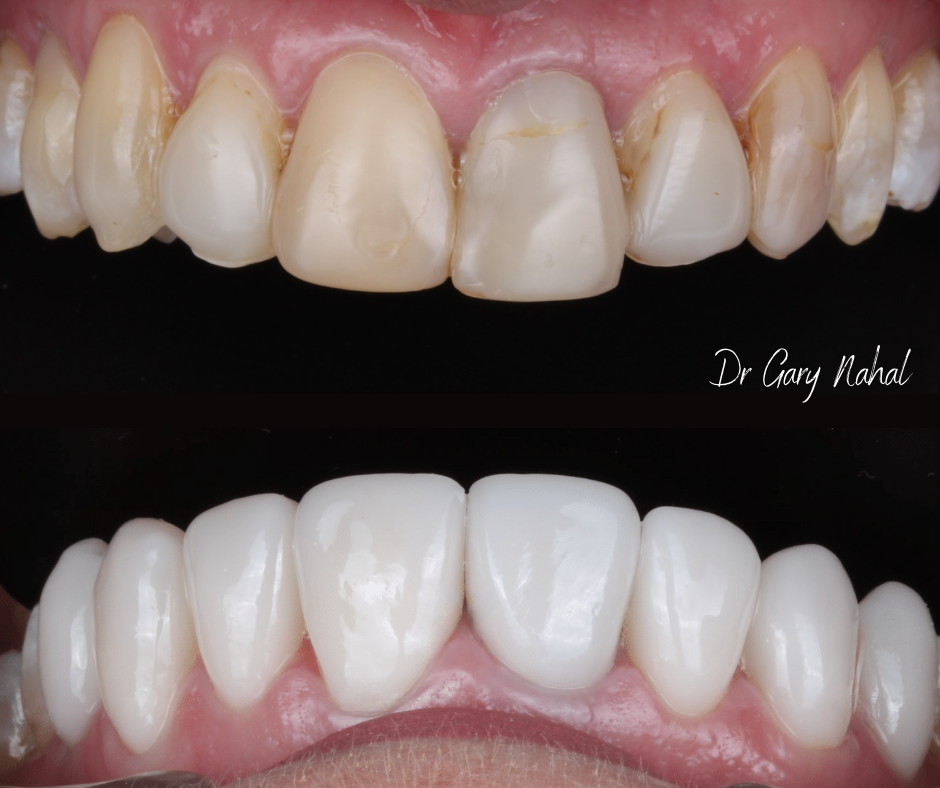

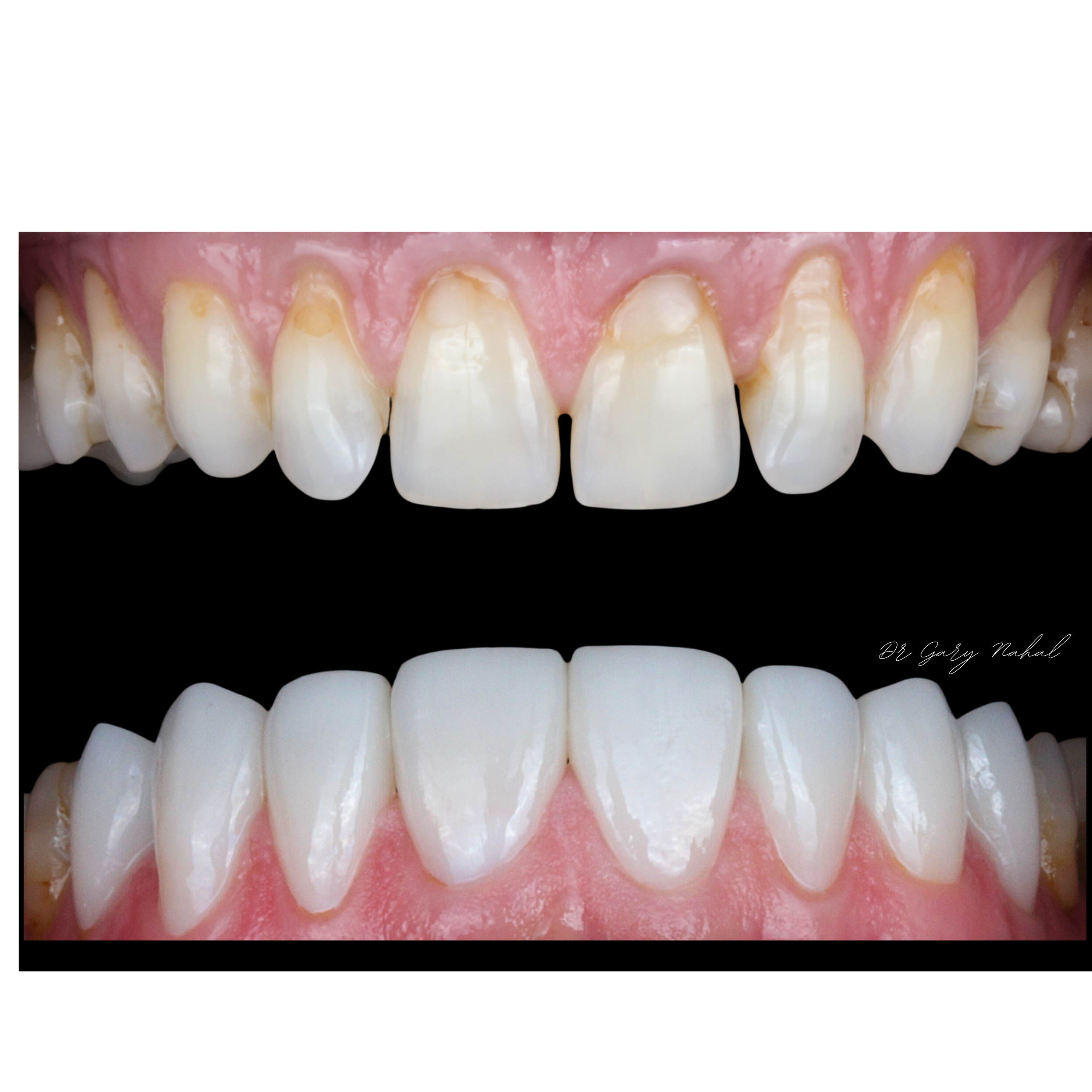
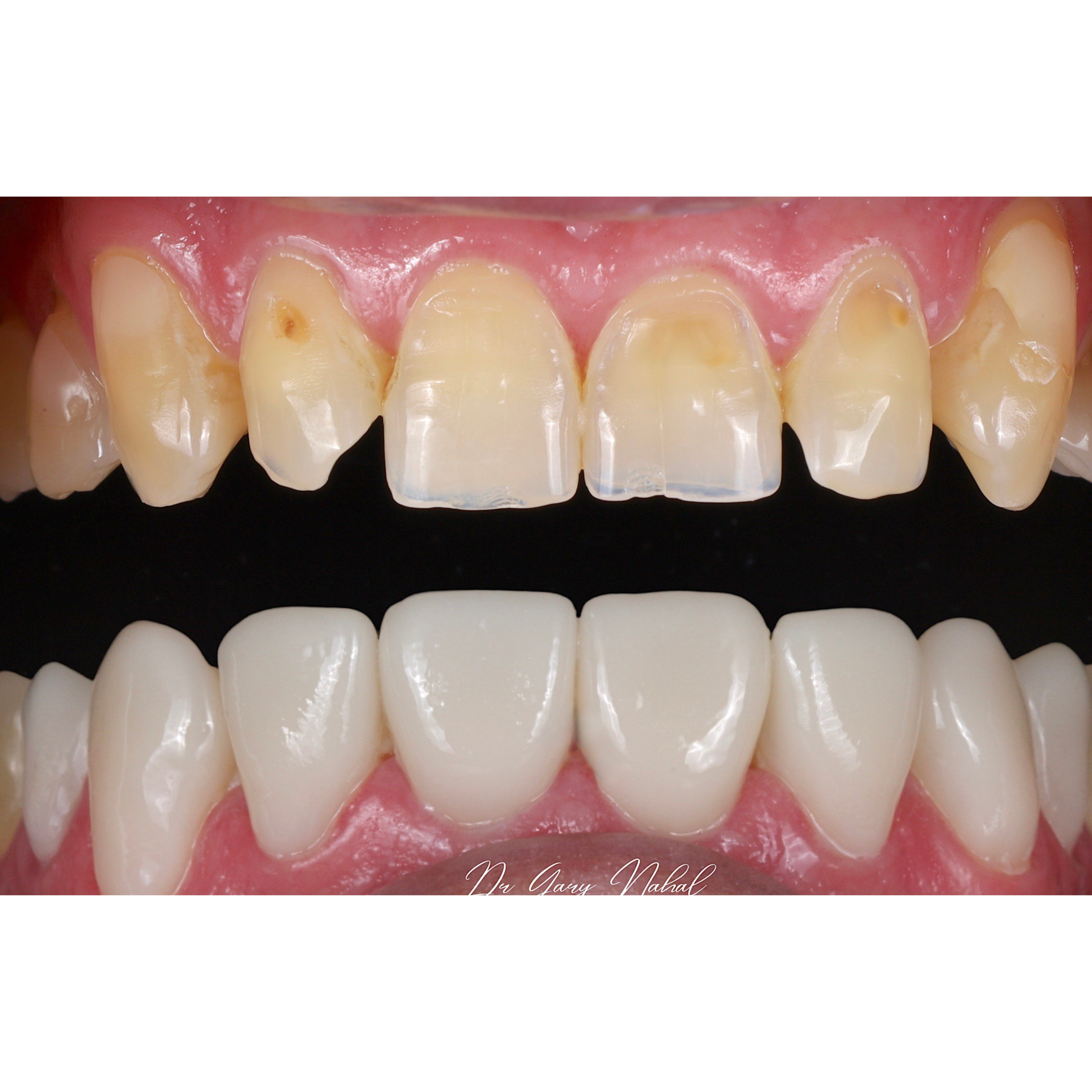
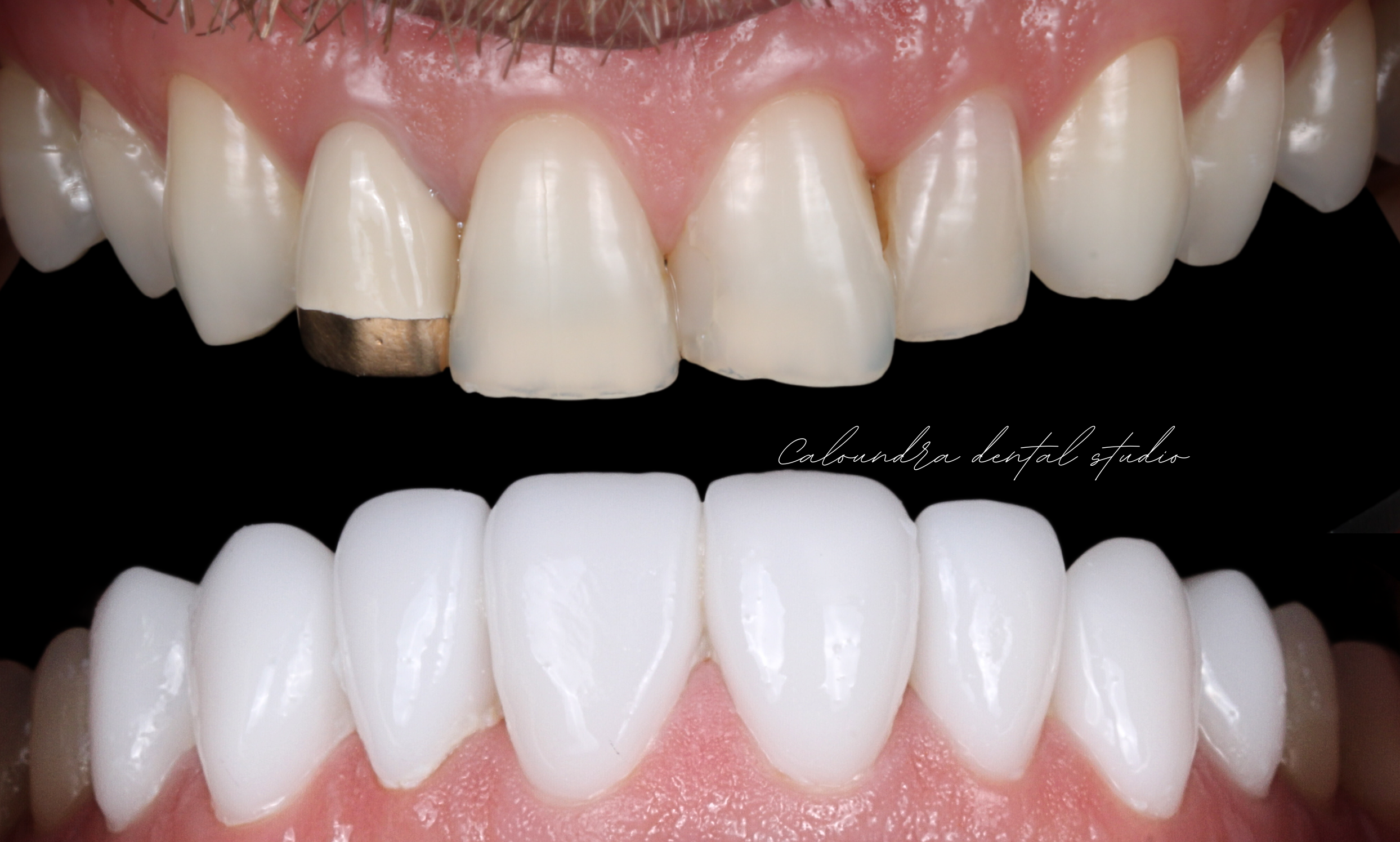
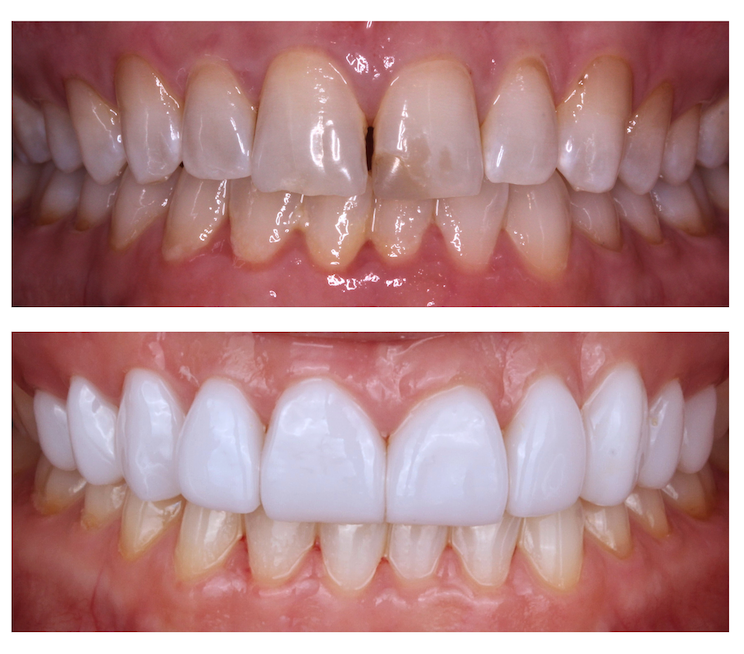
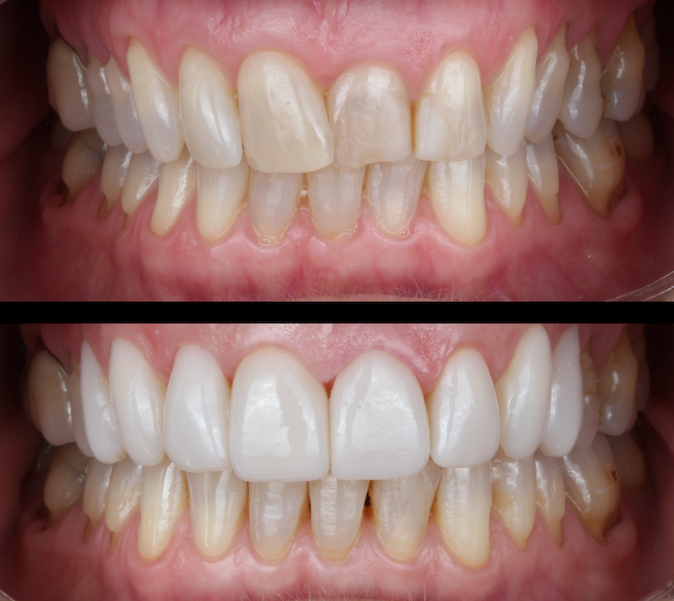
What Types of Problems do Dental Veneers Fix?
| 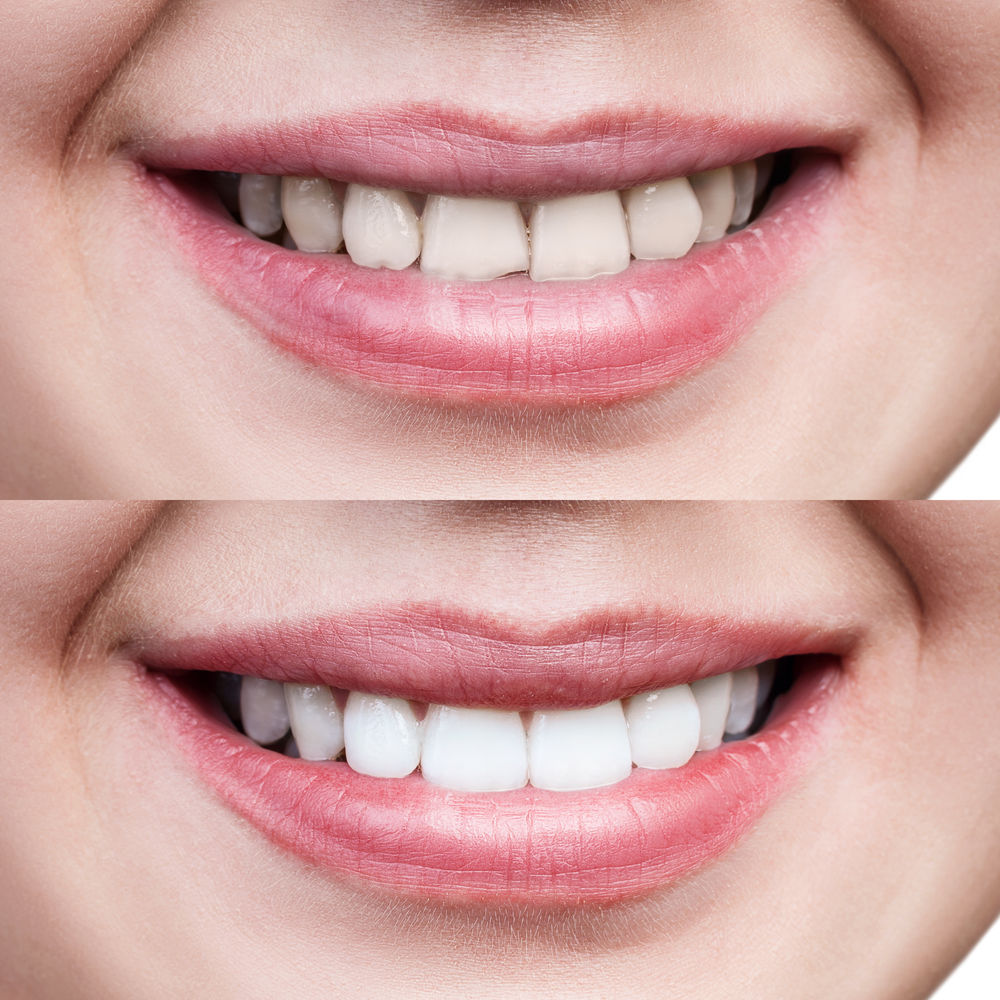 |
DIFFERENCE BETWEEN Porcelain Veneer AND A CROWN?Porcelain veneersare made from thin layers of fine, stain-resistant dental porcelain and are usually only about 1mm thick. Veneers are a less invasive cosmetic dentistry option, with the procedure leaving most of your existing tooth intact. To prepare your tooth for a porcelain veneer, your dentist will grind down about half to one mm of the enamel from your tooth . It is important to note that a veneer can only be placed on a tooth that has plenty of existing enamel.
| 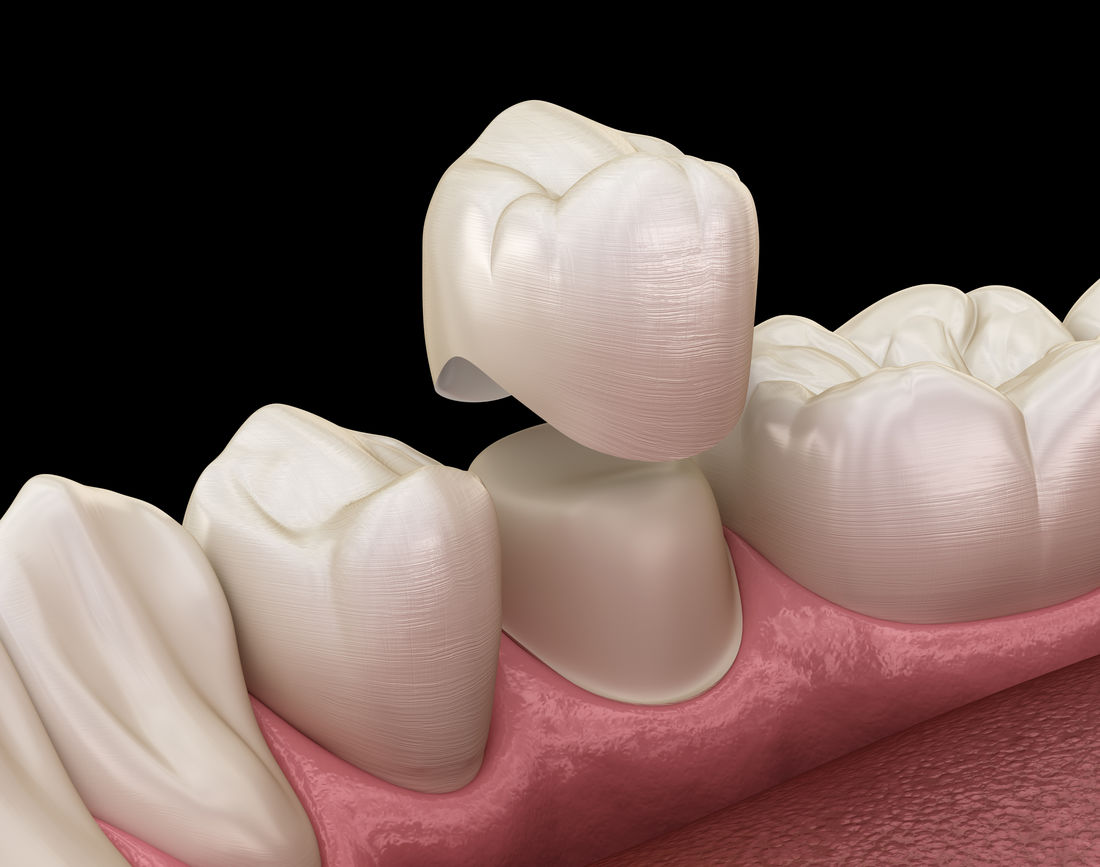 |
What is the difference between porcelain veneers and composite veneers?Porcelain veneers are thin shells of porcelain adhered to the outer surface of the tooth. Composite veneers are resin bonded to the outer surface. Determining which type of veneer is right for you comes down to multiple different factors. Read below to learn about the differences and then schedule a dental veneer consultation with Dr Gary Nahal to discuss more.
| Composite Veneers Example
Porcelain Veneers Example
|
 |
 |
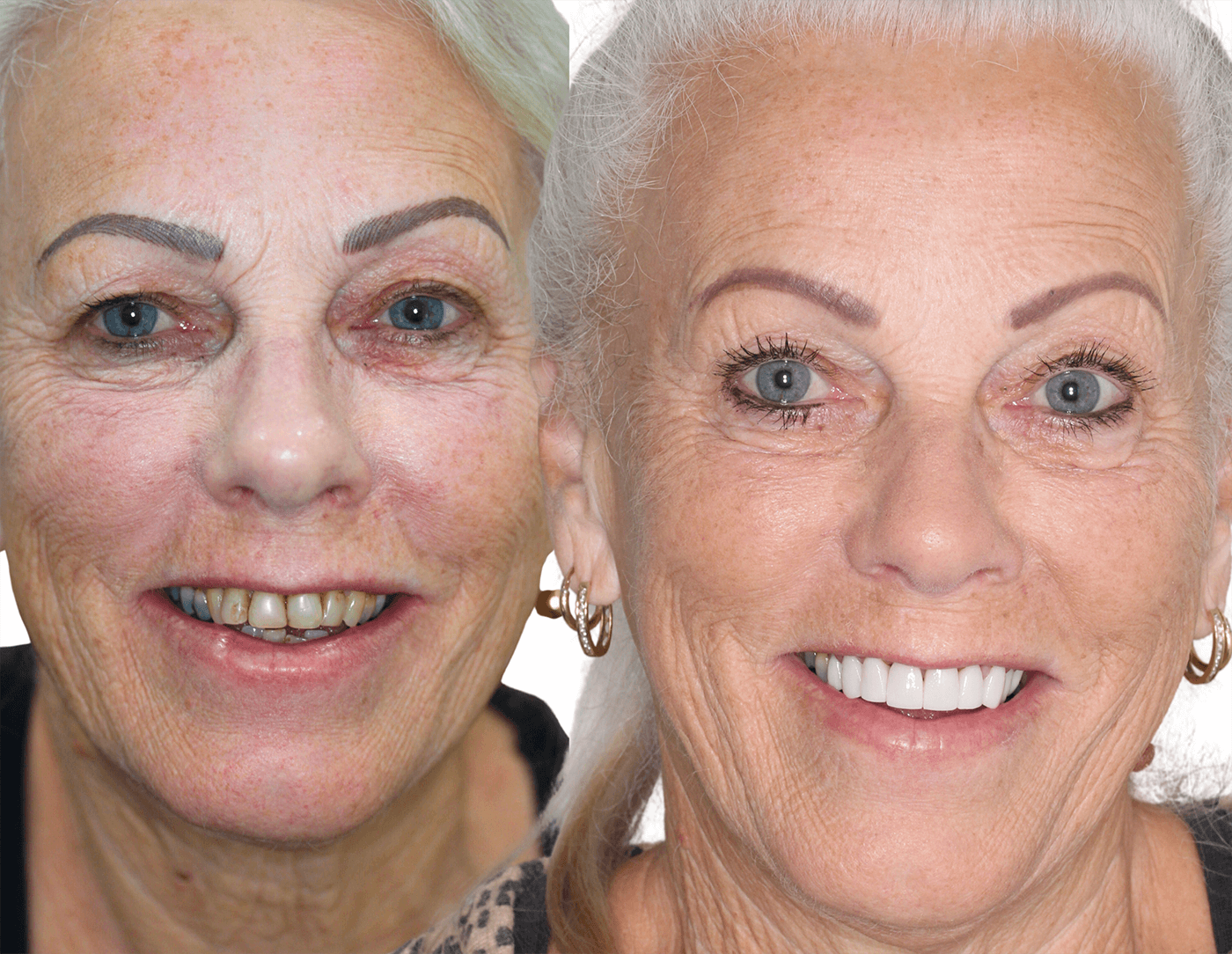 |
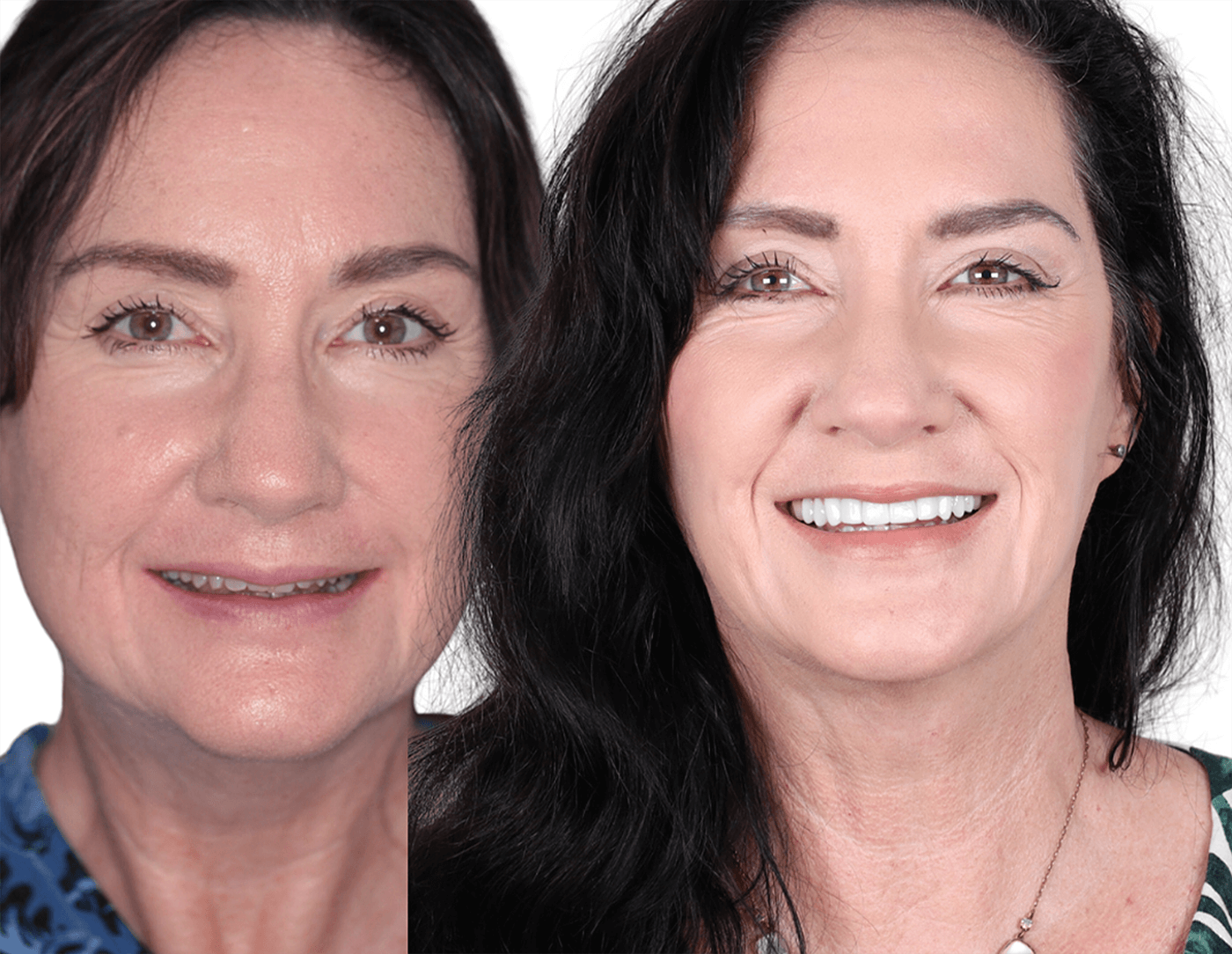 |
 |
 |

